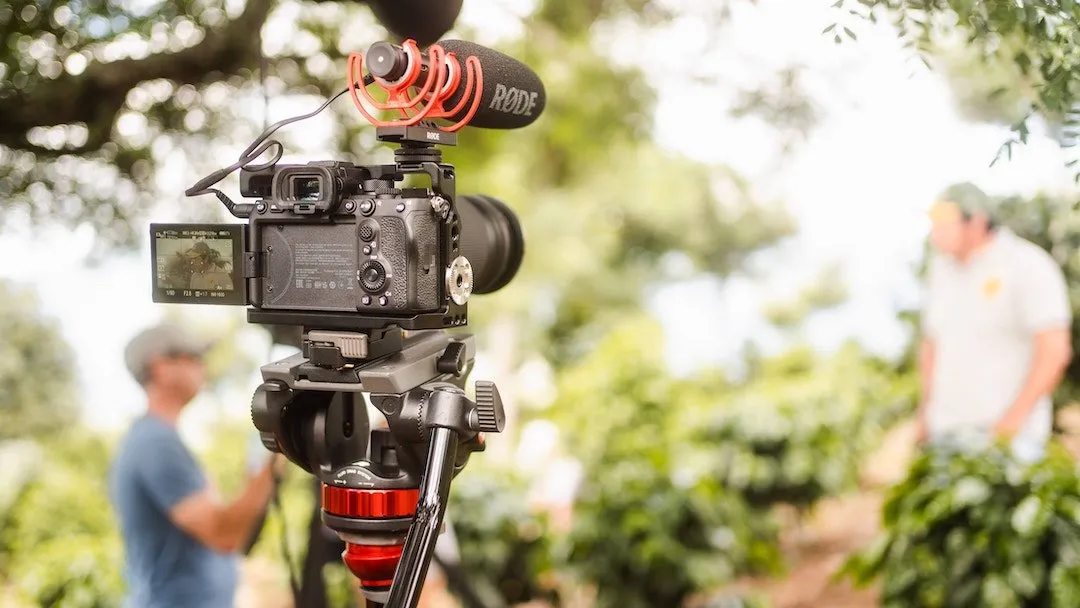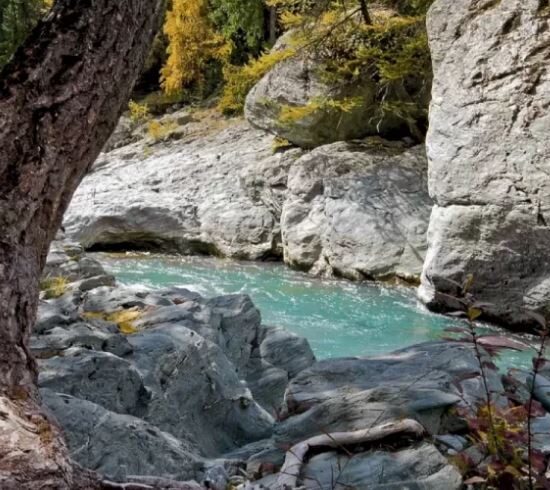
The remote wilderness is the ideal location for adventure films and captivating documentaries. In recent years, blockbuster movies like “Into the Wild” and “The Revenant” have proven that the backcountry is a popular choice amongst audiences, too.
The wilderness has also given indie films, like “The Blair Witch Project”, the perfect set and scenery. You don’t have to pay for CGI and special effects when shooting in the great outdoors, as the mountain ranges, flora, and fauna can speak for themselves.
However, shooting in the remote wilderness can be perilous — both for your project and your crew. You need to be well prepared before you decide to take your cast and film crew deep into the woods for a weekend of work.
Location Scouting
A quick Google search for stunning wilderness scenes will yield hundreds of results, all of which may serve your film perfectly. However, before you load up an RV to visit remote national parks, you’ll need to conduct some location research first. Before committing any resources to a location, consider:
- Permission: Can you actually get permission to shoot your film? If not, don’t try to sneak on for a few shots — the fines will be hefty.
- Cost: Some locations will charge a premium to film crews. Set a budget for your location and stick to it.
- Logistics: The remote wilderness may not be easy to access. Think about how you’ll operate the camera booms and how much it will cost to fly everyone to your proposed location.
Once you’ve researched your location, it’s time to hop on a plane, train, or automobile to visit your proposed shoot site. Seeing the site in person is critical, as you’ll get a far better understanding of how your script will pan out.
If you’re on a tight budget, skip the heft airfares and drive to your destinations. There are plenty of national parks that are worth the drive, including:
- Death Valley, California: A.K.A. Tatooine, the miles of desert and mountains in Death Valley are perfect for sci-fi space dramas.
- Glacier National Park, Montana: There are plenty of Old West stories here to inspire your cast and improve your script.
- Great Smoky Mountains, Tennessee: As a tourist hot spot, the Great Smoky Mountains could be the perfect backdrop for a thriller set in the Appalachian wilderness.
Set aside a few days to take in the scenery and explore your proposed location fully. Eventually, you’ll find locations that are perfect for your movie and make logistical sense.
Preparing for the Worst
Every film encounters some kind of major setback or logistical challenge during the shooting stage. However, shooting in the remote wilderness increases your odds of being set back due to unpredictable weather. Prepare to film in inclement weather by:
- Bring plenty of waterproof gear and spare equipment in case of a sudden deluge;
- Bring grit and high-traction flooring to keep everyone safe on set during the shoot;
- Use umbrellas, tents, and ice packs to keep your staff cool and cameras functional;
- Tie everything down if you expect high winds and avoid shooting altogether if dust and debris are jeopardizing the integrity of your equipment.
Give yourself plenty of time to shoot and build in some slack to the schedule. You may be able to shoot all day long in a controlled warehouse environment, but you cannot force the natural world to acquiesce to your plans. Instead, simplify your shoot and accept that setbacks are part of the process.
Successfully Shooting in the Wilderness
It’s easy to get overwhelmed when you first start filming in the remote wilderness. You can’t pull up your phone to check in with co-producers and you can’t suddenly decide to change the lighting or alter the scenery.
You may need to self-fund your first short film set in the wilderness, too. Investors may be put off by the risk involved with a remote shoot, meaning you may need to turn to crowdfunding and personal loans to pay the bills. Keep costs low by simplifying your shoot and slowly working through your shot list. Remember to build in some downtime, too, as this can keep morale high while you wait for storms to pass and winds to abate.
During the downtime, encourage your crew and cast to pull on their hiking boots and walk amongst remote mountain ranges and valleys. Walking can enhance creativity, alleviate some symptoms of depression, and help your crew unwind after a busy day at work. A team hike can be a good way to better understand the environment you are working within. This can give you new ideas for your scenes and may even help you discover new shoot locations in the area.
Conclusion
The remote wilderness is the perfect setting for sci-fi spectacles and Western dramas. However, you’ll need to do your research before packing up your crew and heading into the backcountry. Secure a location within your budget and build some slack into your shoot. This can improve morale and will ensure that your film is as eco-friendly as possible.
Amanda Winstead is a writer from the Portland area with a background in communications and a passion for telling stories. Along with writing she enjoys traveling, reading, working out, and going to concerts. If you want to follow her writing journey, or even just say hi you can find her on Twitter.














